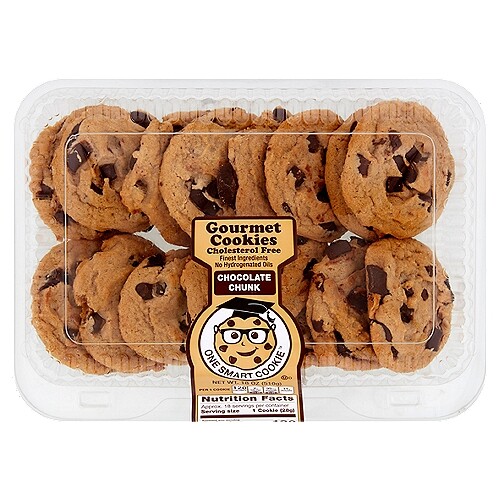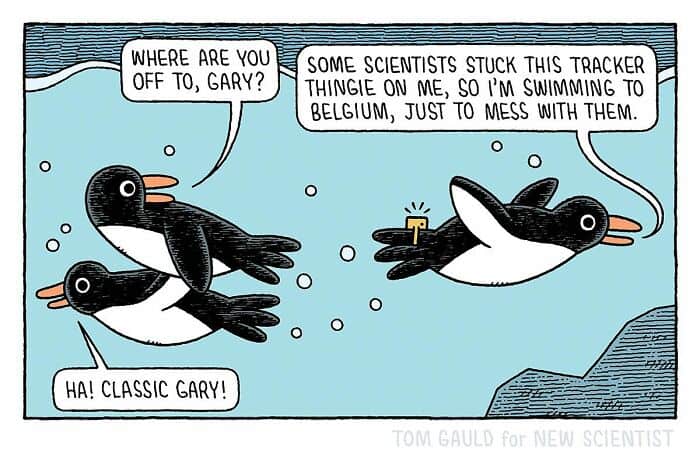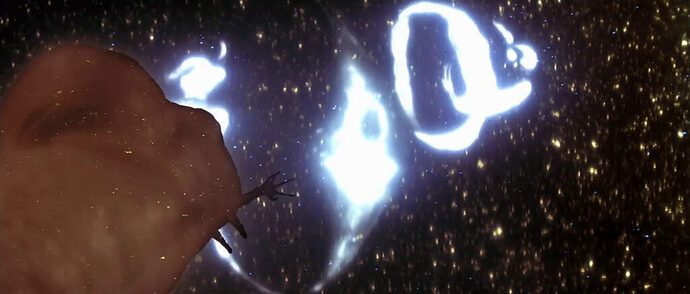… the full video is not available anymore, but in it Patrick Dykstra describes how he’d slap bits of his equipment together to make clicking noises and the whales would respond — unfortunately Dykstra only knew how to click “hello”
While officials have previously noted instances where it appeared that H5N1 on dairy farms had moved to nearby poultry farms, this appears to be the first time such spread has led to documented human infections.
The link between the poultry farm cases and neighboring dairy farms is still just a hypothesis, however, Nirav Shah, the principal deputy director at the CDC, emphasized to reporters Tuesday. “It is a hypothesis that needs and requires a full investigation. But that is a hypothesis at this point,” he said of the link between the dairy farms and the poultry farm. So far, there is no direct evidence of a specific source of the poultry farm’s infection, and the route of infection is also unclear.
If you can open these images in a new tab you might see them bigger. I can do that in Firefox; not sure about other browsers.
So weird to think when I was a kid, we didn’t even know for sure if there were any planets in other solar systems, didn’t have any way to know, just sci-fi speculation. And here a few years later, they’ve catalogued 6700 of them.
At some point I picked up an old used Astronomy textbook at a library sale for 50¢ or so. All the pictures in it were super blurry, grainy black and white. Even then, some of the hypotheses and such that it mentioned about our own solar system had already been disproven or proven. Just amazing how much it has developed in my own lifetime, as well as the generation or two before. Pluto hadn’t even been discovered yet 100 years ago.
It has been amazing what’s been discovered in just the last few years. I had an astronomy book as a kid that showed a dramatic drawing of an early theory, of a star swinging by the sun and pulling all the planets out by gravity.
If you see this brand of cookie, stay away. They come in 3 or 4 varieties.

I discovered these during the pandemic, and have bought them on-and-off over the past few years, when I find them. They are very tasty. I have had a suspicion about them for a while, but I have now officially determined these are the cause of why I feel sick some weekends. They cause, in the words of Olestra, fecal urgency. Remember that term?
There is nothing in the ingredients that seem suspicious. Or at least, no more suspicious than other mass-produced foodstuffs.
Wheat Flour; Semi-Sweet Chocolate (Sugar, Unsweetened Chocolate, Cocoa Butter, Soy Lecithin [an emulsifier], Natural Vanilla Extract, Salt); Margarine (Vegetable Oil [Canola, Cottonseed and/or Soybean Oil], Palm Oil, Water, Salt, Mono- and Diglycerides [Mono- and Diglycerides, Tocopherols, Ascorbic Acid, Citric Acid (Antioxidants)], Soy Lecithin [an emulsifier], Natural Flavor, Annatto Extract [Color], Turmeric Oleoresin [Color], Vitamin A Palmitate); Brown Sugar (Beet Sugar, Cane Syrups); Sugar; Egg Whites; Fructose; Invert Syrup; Water; Baking Soda; Natural Vanilla Flavor; Salt;
Google researchers claim that, in an experiment simulating what happens when you leave a bunch of code strings alone for millions of generations, they’ve observed the emergence of “self-replicators” from what began as non self-replicating code chunks.
The raw material for the experiments is tens of thousands of pieces of code, written in a programming language called—I’m not making this up—Brainfuck. The researchers call this an “esoteric language chosen for its simplicity” in only allowing two mathematical functions: +1 or -1. These chunks of code were randomly mixed, combined, and “left to execute code and overwrite themselves and neighbors based on their own instructions” over millions of generations.
The expected result was no result, that the code would all remain random with no particular trends. Instead, self-replicating programs emerged, which self-replicated themselves over multiple generations to swiftly hit the experiment’s population cap.
That’s not all: in the above scenario, new types of replicators often emerged, and in some cases out-performed and replaced the previous self-replicator.
The paper: https://arxiv.org/pdf/2406.19108
The setup of this sounds very close to an idea I’ve been kicking around for a few years now. Haven’t had the focus to finish coding it, but my (pretty obvious) expectations were a) that self-replicators would eventually form if the “chemistry” (the “code” of the programs) was able to support it, and b) that once a replicator formed, it would in short time take over, and only be unseated if a more capable replicator arose.
Edit: That paper’s very interesting… apparently they were even able to reproduce the same kind of results using emulation of the z80 CPU instruction set.
A small study in Texas suggests that human bird flu cases are being missed on dairy farms where the H5N1 virus has taken off in cows, sparking an unprecedented nationwide outbreak.
In slightly better news:
Known infections in humans have all been mild so far.
Maybe it would be better if we could build a long tube. You know? Flexible, right? Like a vacuum cleaner hose, you know. And (inhale) we could send all our carbonmondioxide to Mars. A lot of people are talking about it. I make suggestions like this all the time and I never get any credit for them.
Easier to run a wire to a space (ha) heater.
Just ask Mr Ed.


